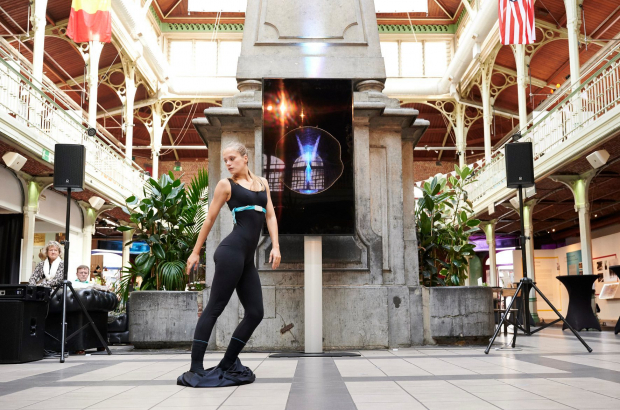- Daily & Weekly newsletters
- Buy & download The Bulletin
- Comment on our articles
Explore exceptional architecture from elegant Art Nouveau to cutting-edge contemporary at the Artonov and BBMA festivals
Brussels’ architecture and culture lovers are in for a treat in October. Just as the capital’s sumptuous Art Nouveau and Art Deco (BANAD) festival ends, the dance and music-filled Artonov Festival and modern architecture extravaganza Biennale of Modern Architecture (BBMA) sweep in to delight the city.
In this multidisciplinary festival, the ‘Art’ stands for Art Nouveau and Art Deco, two beloved architectural styles in Brussels, while the ‘nov’ indicates newcomers to the arts - from dance to music – that break ground in a similar vein to the country’s former pioneering architects. The ‘o’ binds the two, creating a full circle of architecture and culture. Visitors are invited into some of the capital’s finest examples of Art Nouveau and Art Deco architecture that are not usually open to the public. Inside you’ll find artists presenting a selection of music, fashion, dance, visual arts or theatre.
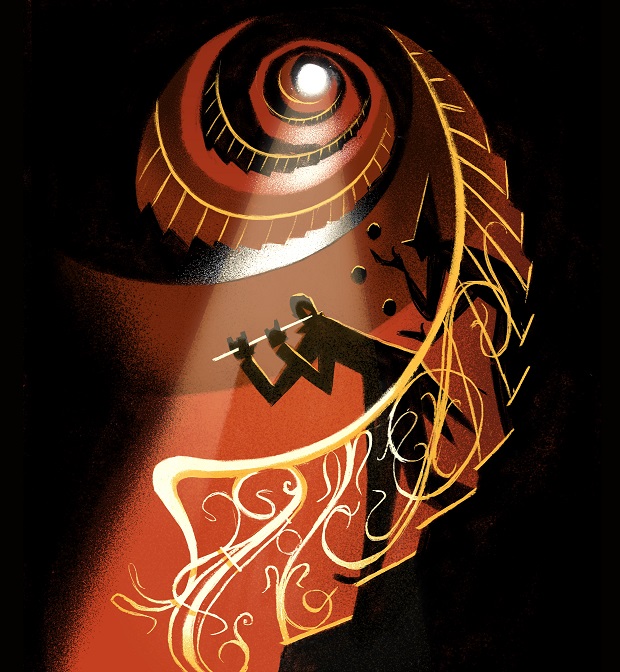
Inspired by the international Art Nouveau movement, eight wonderfully wide-ranging shows (€13-€18) include a circus and a free children’s workshop. Artonov highlights the collaboration between the performing arts in an informal way. “Since the very first day, our priority has been to create a friendly and intimate atmosphere where audience and performers feel welcome,” says festival organiser, clarinetist and conductor Vincenzo Casale.
The theme of the sixth edition is ‘What the day owes to the night’. Performances include Poulenc’s Between shadow and light, in honour of the Parisian composer writing The story of Babar and The dialogue of the Carmelites at Victor Horta’s masterpiece, the Max Hallet hotel. His Chromatic spaces: a mode of light was penned at another Art Nouveau gem, Gustave Strauven’s Saint-Cyr house. The musical promenade features fascinating ancient instruments such as the organetto, a handheld organ, and a medieval lute.
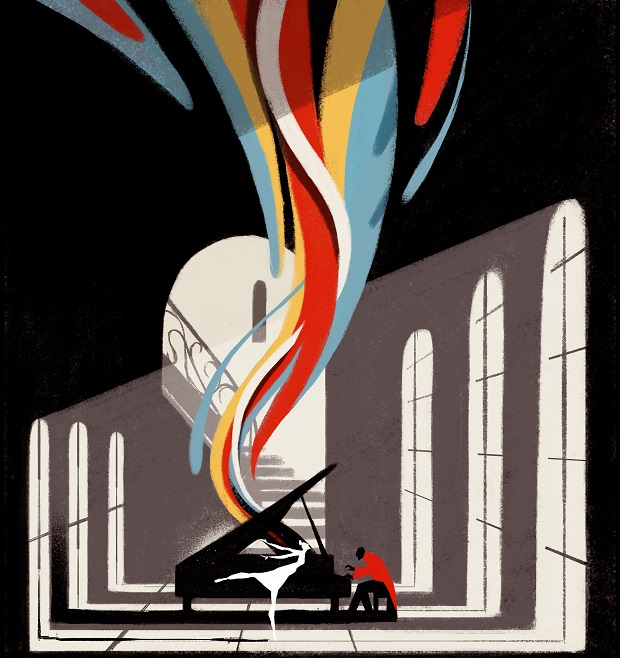
This year, Artonov also entertains audiences in more contemporary venues. Experience the continuous four-hour Steve Reich-inspired Stretch + Timemonochromes at the COOP – the Moulart industrial mill turned business and cultural centre in Anderlecht. Or check out urban dance delight Come on Feet at See U, Ixelles’ former barracks. “In doing so, we present urban projects with similar dimensions to the ones characterising Art Nouveau and Art Deco,” Casale adds.
Biennale of Modern Architecture (17, 24 and 31 October)
Following on from Artonov, the fourth BBMA opens the doors of some remarkable houses, apartment blocks, offices and churches, dating mostly from the 1960s. Enjoy documentary films on modernist houses in Belgium or on the construction of the cross-shaped Royale Belge building in Auderghem that seems to almost float on water. It’s also possible to join in discussions offering insight into Belgium’s modernist heritage.
Project leader Koen Verswijver says this edition’s theme, ‘Reliving Modern Isms’, “wants to make people discover how modernist architecture can be (re)lived, (re)experienced today (either as an inhabitant, someone who works in it, or someone who just visits it).”
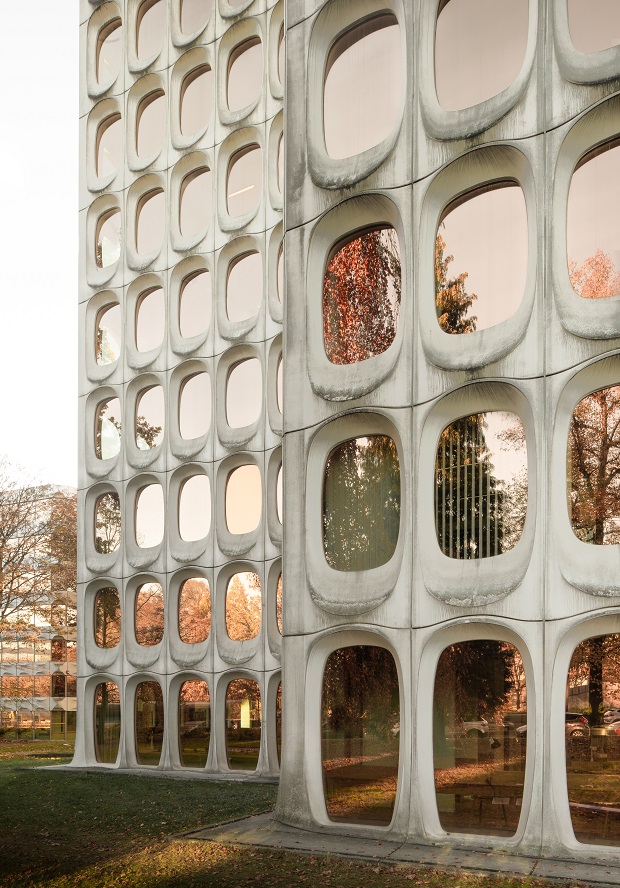
The mouthwatering selection of visits in and around Brussels, from the amazing Renaat Braem-designed concave shell-roofed Alsteens house (1966) in Overijse to the intriguingly named colourful universe that is Auderghem’s House for two brothers (1966), include special trips into Uccle architect Humblet’s home (1961; pictured below), the iconic honeycomb-like Fosbury & Sons building (1970; pictured above), or even inside an Atomium ‘atom’.
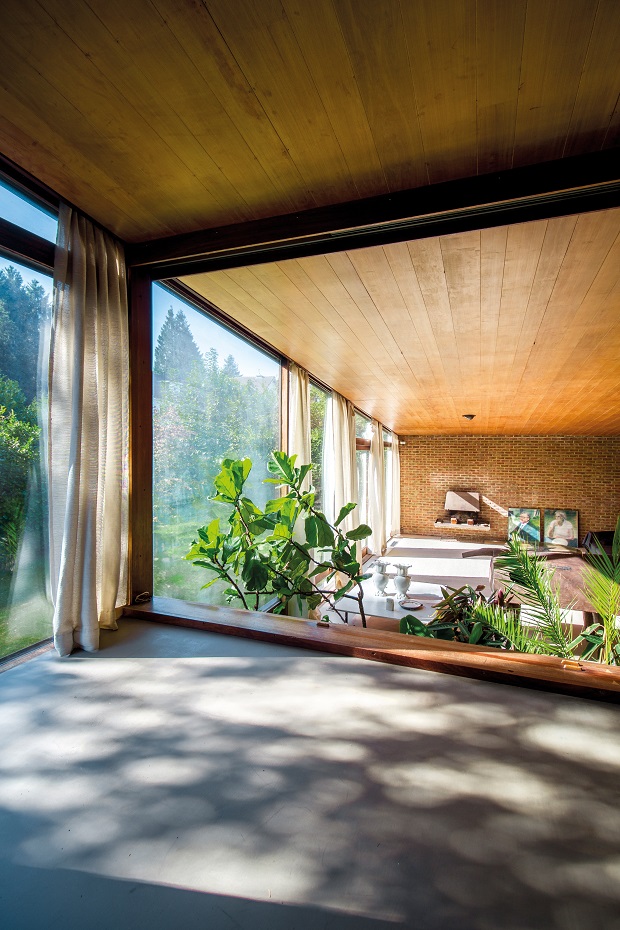
“I always find it difficult to choose highlights because all the buildings we’ve selected are there for a reason,” Verswijver says. “But I think the Résidence Lemonnier (1962), the Saint Alena church (1951) and the former Royale Belge building (1970) show very well what post-war architecture is. How architecture, design, colour, space, materials, light, location etc. define a building and our experience of architecture. All three are also famous in one way or another, and we want to show people the entire story behind it.”
The BBMA also aims to stop people writing off any architecture built after 1945. “We question the image problem of our young post-war heritage and aim to look at the past again with curiosity,” Verswijver says. “How can this heritage be responsibly renovated and adapted without compromising the elegance and vibrancy of the original design?”
It’s a fascinating subject – and unsurprisingly tickets (€15 for interior visits or €7.50 for churches) are selling out fast for this popular festival.
Photos: Artonov festival 2019; Artonov posters; BBMA 2020 Fosbury & sons (1968) arch Constantin Brodzki & Marcel Lambrichs, photo Jeroen Verrecht; BBMA 2020 House Humblet (1961), arch Pierre Humblet, photo Linsy Raaffels
In partnership with visit.brussels


